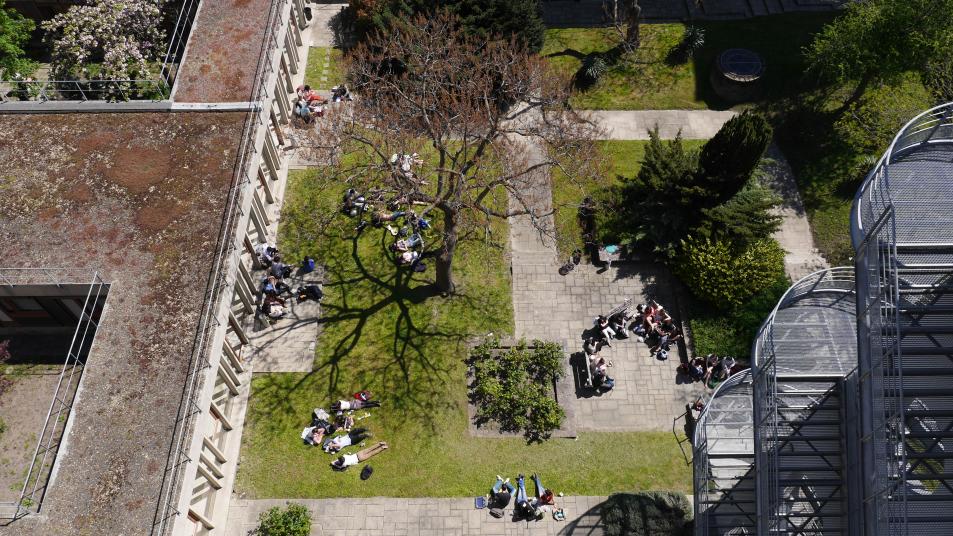
Breadcrumb
- Home/
- QLab, the quantitative biology Fablab at the heart of the QBio project

Within QBio, QLab (Quantitative Biology Fablab) will offer a range of measurement tools and experimental facilities that will allow researchers from all disciplines to discover and train in the challenges of living systems, promoting interdisciplinary integration and innovation.
The objective is to set up a dedicated space, as a bridge between research and training, a place for experiments, scientific and technical collaborations between engineers, researchers and students where equipment, skills and knowledge will be shared.
Qlab is located on the ENS Montrouge campus, on a surface of about 112m2. The opening of this space is planned for October 2021.
As a FabLab, the QLab (initially on the ENS Montrouge site, then on the Val-de-Grâce site) will be open to researchers and will serve as a training facility.
This space will also be open to visiting professors in order to allow both scientific interaction and the development of joint research and training projects.

For training, it is planned to develop teaching modules around the themes of micro-fluidics, advanced optics, automation and data and image analysis. For example, students will have the opportunity to assemble a microscope from components, to assemble, program and use a micro-fluidic system, and to perform high resolution fluorescence image analysis.
The overall goal of these lab sessions is to expose students to projects that address biological techniques or problems in a quantitative manner. Each project will have an experimental component and a theoretical or computational component and will highlight how these two components can influence each other.
A first example of a practical work (WP) topic is the study of feedback loop control of cell behavior by microscopy and micro-fluidics (P. Hersen). Other examples of planned lab work are single molecule DNA stretching experiments (J.F. Allemand, T. Strick), monitoring of bacterial motility and chemotaxis (J. Wong-Ng), in vitro systems of actin dynamics (C. Sykes, J. Plastino).